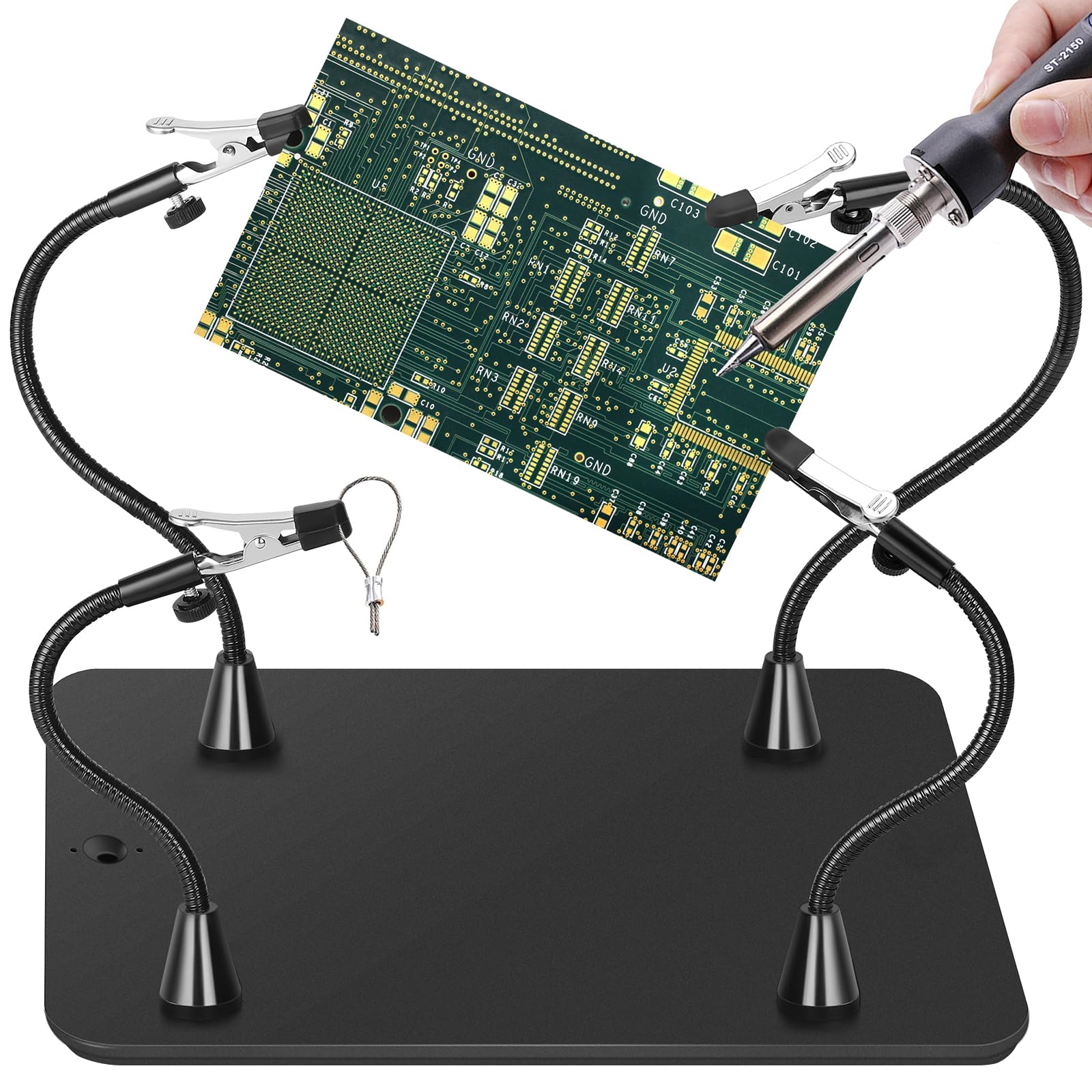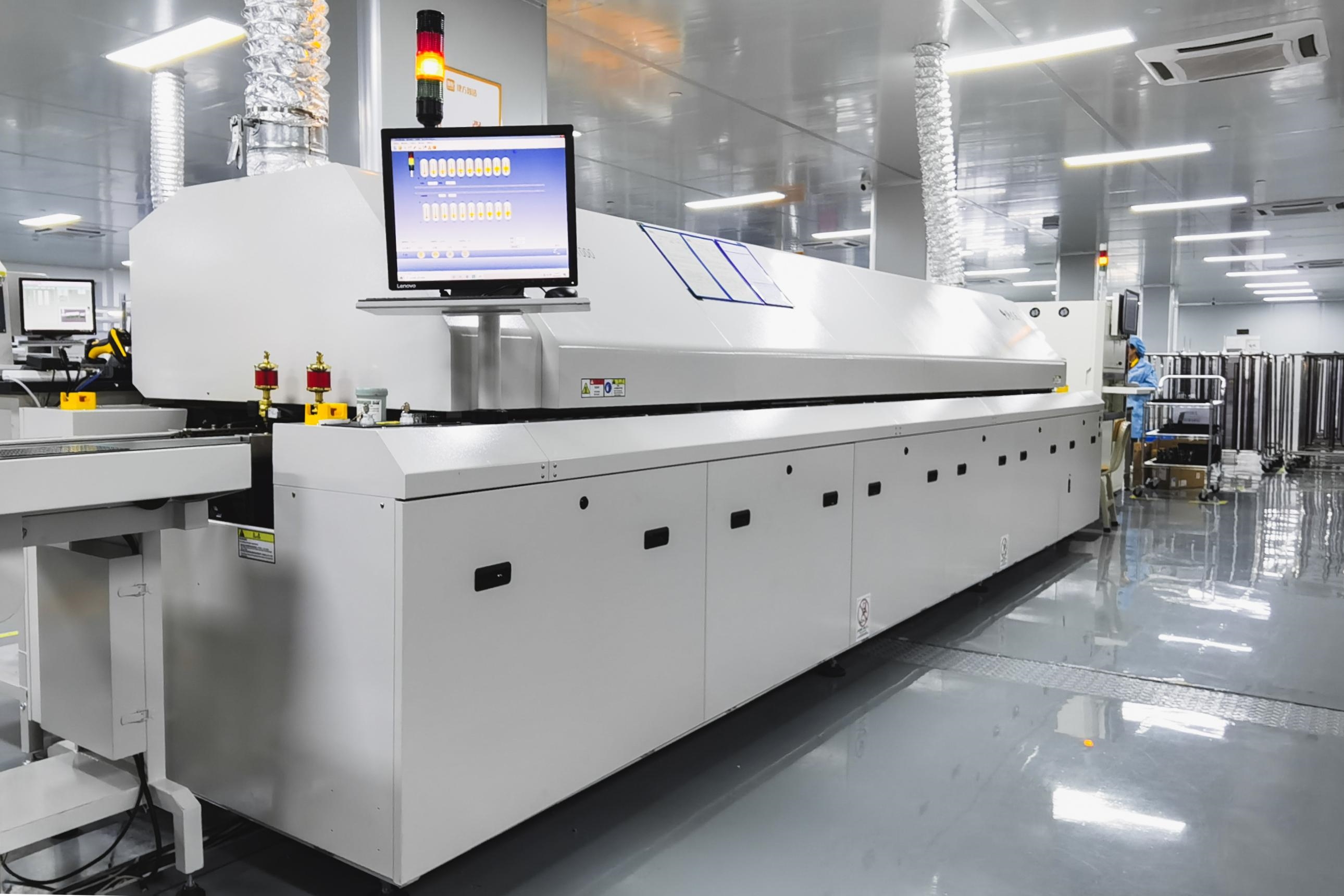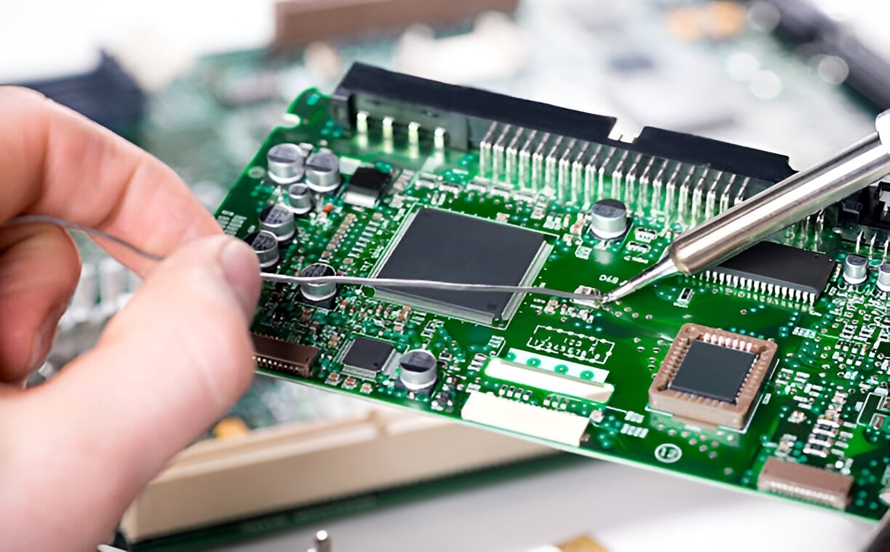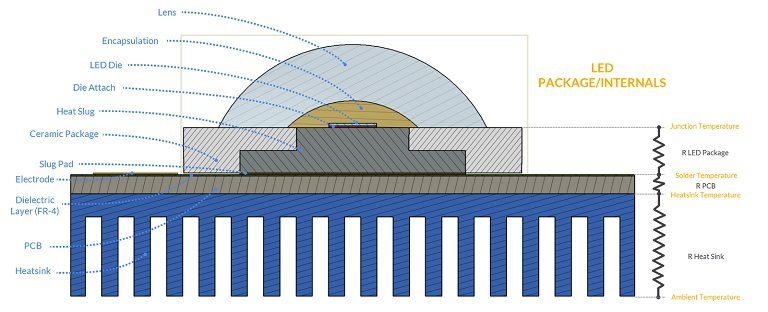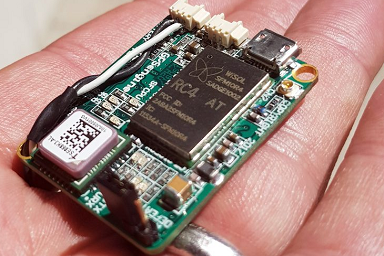Designing a power regulation system for your electronic projects can be challenging, especially when it comes to selecting the right active components. Whether you're working on voltage regulator selection, DC-DC converter design, choosing MOSFETs for power supplies, or understanding diode characteristics in power circuits, the components you pick directly impact efficiency, reliability, and performance. In this comprehensive guide, we'll break down the essentials of active components in power regulation and provide actionable tips to help you make informed decisions for your designs.
At its core, power regulation involves managing voltage and current to ensure stable operation of electronic devices. Active components like transistors, MOSFETs, and diodes play a critical role in this process by controlling and converting power efficiently. Let’s dive into the details of each component type, their characteristics, and how to choose the best ones for your specific needs.
Understanding Active Components in Power Regulation
Active components are the heart of any power regulation system. Unlike passive components such as resistors and capacitors, active components can amplify or control electrical signals. In power regulation, they are responsible for tasks like voltage conversion, current switching, and maintaining stable output under varying load conditions.
The primary active components in power regulation include:
- Transistors and MOSFETs: Used for switching and amplification in power supplies and converters.
- Diodes: Essential for rectification and protection in power circuits.
- Integrated Circuits (ICs): Often used in voltage regulators and DC-DC converters for precise control.
Choosing the right active components requires a clear understanding of your design requirements, such as input/output voltage, current ratings, efficiency goals, and thermal constraints. In the following sections, we’ll explore how to select components for specific applications, focusing on key areas like voltage regulator selection and DC-DC converter design.

Voltage Regulator Selection: Finding the Perfect Fit
Voltage regulators are crucial for maintaining a stable output voltage despite fluctuations in input voltage or load current. They are widely used in power supplies for microcontrollers, sensors, and other sensitive electronics. When it comes to voltage regulator selection, there are two main types to consider: linear regulators and switching regulators.
Linear Regulators
Linear regulators are simple and provide a clean, low-noise output, making them ideal for low-power applications. However, they are less efficient because they dissipate excess power as heat. For example, if you have an input voltage of 12V and need a 5V output at 1A, a linear regulator will drop 7V across itself, dissipating 7W of power as heat. This inefficiency makes them unsuitable for high-power designs.
Switching Regulators
Switching regulators, on the other hand, are highly efficient (often above 85%) and are better suited for applications where power conservation is critical. They work by rapidly switching the input voltage on and off to maintain the desired output, using components like inductors and capacitors to store and release energy. However, they introduce more noise and require careful design to minimize electromagnetic interference (EMI).
Key Factors for Voltage Regulator Selection
When choosing a voltage regulator, consider the following:
- Input and Output Voltage Range: Ensure the regulator supports your input range (e.g., 6V to 24V) and delivers the required output (e.g., 3.3V or 5V).
- Current Rating: Check the maximum output current. For instance, a regulator rated for 500mA won’t suffice for a 1A load.
- Efficiency: Opt for switching regulators if efficiency is a priority, especially for battery-powered designs.
- Thermal Management: Linear regulators may require heat sinks for high voltage drops, while switching regulators often run cooler.
- Noise Sensitivity: Use linear regulators for noise-sensitive circuits like analog sensors.
By balancing these factors, you can select a voltage regulator that meets your design’s needs without compromising performance or cost.

DC-DC Converter Design: Building Efficient Power Systems
DC-DC converters are essential for stepping up or stepping down voltage levels in a circuit. They are widely used in portable devices, automotive systems, and renewable energy applications. A well-executed DC-DC converter design ensures high efficiency, minimal heat generation, and compact size.
Types of DC-DC Converters
There are three primary architectures for DC-DC converters:
- Buck Converter (Step-Down): Reduces input voltage to a lower output voltage. Ideal for powering low-voltage devices from a higher supply, like converting 12V to 5V.
- Boost Converter (Step-Up): Increases input voltage to a higher output voltage. Useful in applications like LED drivers or battery-powered systems needing higher voltage.
- Buck-Boost Converter: Can step voltage up or down, offering flexibility for varying input conditions.
Core Components in DC-DC Converter Design
A typical DC-DC converter includes a control chip, inductor, capacitor, diode, and a switching element like a MOSFET. Each component must be carefully chosen to handle the power levels and switching frequencies involved. For example:
- Inductor: Must have a current rating above the maximum load (e.g., 2A for a 1.5A application) to avoid saturation.
- Capacitor: Should minimize output ripple, often requiring values in the range of 10μF to 100μF depending on the design.
- Switching Frequency: Higher frequencies (e.g., 1MHz) allow smaller inductors but increase switching losses and EMI.
Tips for Effective DC-DC Converter Design
To optimize your design, focus on:
- Efficiency: Aim for converters with efficiencies above 90% at full load to minimize power loss.
- Thermal Performance: Ensure components can handle heat dissipation, especially at high currents.
- Layout: Keep high-current loops short and place decoupling capacitors close to the control chip to reduce noise.
By prioritizing these elements, you can create a DC-DC converter design that delivers reliable performance in a compact footprint.

Choosing MOSFETs for Power Supplies: Key Considerations
MOSFETs (Metal-Oxide-Semiconductor Field-Effect Transistors) are widely used in power supplies for switching and amplification. Their ability to handle high currents and voltages with low on-resistance makes them ideal for applications like DC-DC converters and motor drivers. However, choosing MOSFETs for power supplies requires careful evaluation of several parameters.
Key Parameters for MOSFET Selection
When selecting a MOSFET, focus on the following:
- Voltage Rating (Vds): The MOSFET must withstand the maximum voltage in your circuit. For a 24V power supply, choose a MOSFET with a Vds rating of at least 30V to provide a safety margin.
- Current Rating (Id): Ensure the MOSFET can handle the maximum current. For a 5A load, select a device rated for at least 7-10A to account for transients.
- On-Resistance (Rds(on)): Lower Rds(on) values reduce power loss. For example, a MOSFET with Rds(on) of 10mΩ will dissipate less heat than one with 50mΩ at the same current.
- Gate Drive Voltage: Match the gate voltage to your control circuit. Logic-level MOSFETs operate at 5V or lower, while others may require 10V or more.
- Switching Speed: Faster switching reduces losses in high-frequency applications but can increase EMI. Balance speed with noise considerations.
Thermal and Packaging Considerations
MOSFETs generate heat during operation, especially in high-current designs. Choose a package (e.g., TO-220 or SMD) that supports adequate heat dissipation, and consider adding heat sinks if needed. For instance, a MOSFET dissipating 2W of power may require a heat sink if the ambient temperature exceeds 50°C.
By carefully matching these parameters to your design, you can ensure reliable operation and long-term durability in your power supply systems.

Diode Characteristics in Power Circuits: What You Need to Know
Diodes are fundamental in power circuits for rectification, protection, and switching. Understanding diode characteristics in power circuits is essential for selecting the right type and ensuring efficient operation.
Types of Diodes in Power Circuits
Several types of diodes are used in power applications:
- Rectifier Diodes: Convert AC to DC in power supplies. They must handle high currents (e.g., 1A to 10A) and voltages (e.g., 50V to 1000V).
- Schottky Diodes: Known for low forward voltage drop (0.2V to 0.3V) and fast switching, making them ideal for high-frequency DC-DC converters.
- Zener Diodes: Used for voltage regulation by maintaining a constant voltage when reverse-biased. For example, a 5.1V Zener diode can protect a circuit by clamping overvoltages.
Key Diode Characteristics to Consider
When selecting diodes for power circuits, evaluate these characteristics:
- Forward Voltage Drop (Vf): Lower Vf reduces power loss. Schottky diodes excel here compared to standard silicon diodes (Vf of 0.7V).
- Reverse Voltage Rating (Vr): Must exceed the maximum voltage in the circuit. A diode rated for 100V is safe for a 60V application.
- Current Rating: Ensure the diode can handle peak currents without overheating. For a 3A load, choose a diode rated for 5A or more.
- Switching Speed: Fast recovery diodes are critical in high-frequency circuits to minimize losses during switching transitions.
Practical Applications
In a typical DC-DC converter, a Schottky diode might be used for its low forward voltage drop, reducing power loss during rectification. In contrast, a Zener diode could be placed across a sensitive load to protect against voltage spikes. Matching diode characteristics to your circuit’s needs ensures optimal performance and reliability.

Best Practices for Component Selection in Power Regulation
Selecting active components for power regulation is a balancing act between performance, cost, and design constraints. Here are some best practices to guide your decisions:
- Start with Specifications: Define your input/output voltage, current, and efficiency targets before choosing components.
- Use Datasheets: Always refer to component datasheets for detailed specs like voltage ratings, thermal limits, and switching characteristics.
- Test Under Real Conditions: Simulate or prototype your design to verify component performance under actual load and temperature conditions.
- Prioritize Reliability: Opt for components with proven track records in similar applications, even if they cost slightly more.
- Consider Future Scalability: Choose components that allow for upgrades or modifications without major redesigns.
Following these practices will help you build power regulation systems that are efficient, durable, and cost-effective.
Conclusion: Empowering Your Power Regulation Designs
Active components are the backbone of power regulation, and choosing the right ones can make or break your design. Whether you’re focusing on voltage regulator selection, DC-DC converter design, choosing MOSFETs for power supplies, or understanding diode characteristics in power circuits, a systematic approach to component selection ensures optimal performance. By considering factors like voltage and current ratings, efficiency, and thermal management, you can create robust power systems tailored to your specific needs.
At ALLPCB, we’re committed to supporting engineers and designers with the resources and expertise needed to bring their ideas to life. With the insights shared in this guide, you’re well-equipped to tackle the challenges of power regulation and build designs that stand the test of time.

 ALLPCB
ALLPCB


